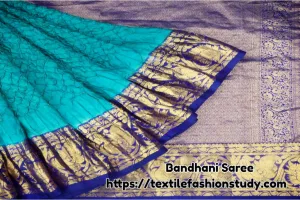Table of Contents
Drying Twist Test
Drying twist test is important to test for fiber identification. Here, textile fiber is identified by the direction of the twist. Fiber could be twisted in the clockwise or anti-clockwise direction. By observing the twist direction, we can identify the fiber types.

Procedure of Drying Twist Test
Here, I have given a drying twist testing procedure. The drying twist test is performed in the following way.
- At first, a few parallel fibers are separated out.
- Secondly, fiber is made wet thoroughly by dipping in the water.
- Thirdly, excess water is removed with the tissue or by squeezing.
- Then, tap the end of the bundle to make separate fibers flare out.
- After that, the free end is held over a hot plate in warm to dry the fibers.
- Hold the fibers so that the free ends point is easy to observe by the observer.
- Then, note the direction of the twist as the fibers dry.
- Lastly, after observing the twist direction, we can give a result
Result of Drying Twist Test:
We can determine the fiber types by observing the twist direction. They are-
- Firstly, if the twist direction is clockwise then they are Linen, Ramie, and Nettle.
- Secondly, if the twist direction is anti-clockwise then it is Hemp and most of the fibers show the same twist direction.
- Lastly, if the twist direction is in alternating clockwise and anti-clockwise then it is Cotton fiber.
So, after observing the result we can give the identity of the fiber. Another thing is that we can also identify the fibers by density test or solubility test.
In sum, a manufacturer should be aware of the fiber which is used in the process. However, there is some TTQC lab for testing the fiber for ensuring its properties of the fiber.





